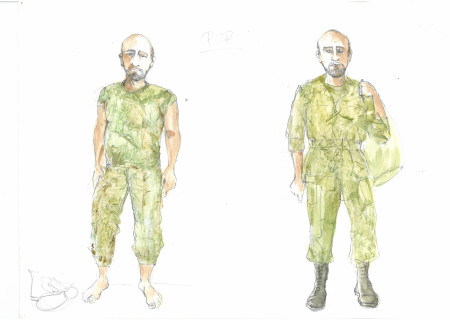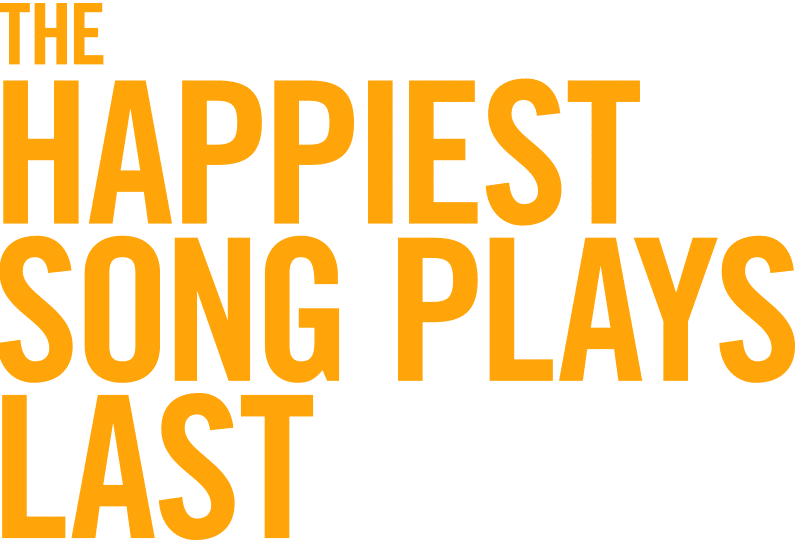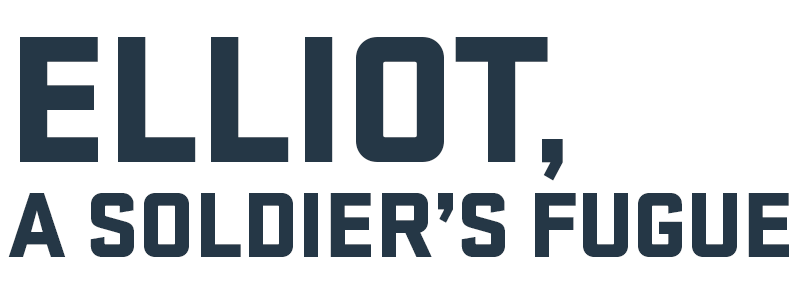Costume Designer Raquel Barreto Talks All Things Elliot Trilogy
A Q+A with the Designer for 'Elliot, A Soldier's Fugue' and 'Water by the Spoonful'

Costume designer Raquel Barreto had a unique opportunity to dive headfirst into the work of a playwright she loves when Center Theatre Group tapped her to design both Elliot, A Soldier’s Fugue at the Kirk Douglas Theatre (onstage January 27 – February 25, 2018) and Water by the Spoonful at the Mark Taper Forum (onstage January 31 – March 11, 2018). Designing two of playwright Quiara Alegría Hudes’ acclaimed works concurrently opened up the characters and their stories in new ways for Barreto. Here, she discusses her design process, her inspiration, and how three wars—Korea, Vietnam, and Iraq—shaped not only her costumes but also the characters in the Elliot Trilogy.
- Center Theatre Group: How did you start your design process?
Raquel Barreto: I had designed two of the plays [Water by the Spoonful and The Happiest Song Plays Last] in the Elliot Trilogy, so Elliot, A Soldier’s Fugue was the missing piece in the puzzle. My first instinct was to find parallels between the other stages of the lives of the characters that I knew from the other plays. Figuring out where Elliot was at a very basic, organic character level was my entryway into the research. Elliot, A Soldier’s Fugue is a very particular world. The military world is very specific and you can’t really get away from that.
- How did you immerse yourself in that world?
The research was really fascinating. We became interested in not just the events of the three wars portrayed in Elliot, A Soldier’s Fugue but the ways the wars have been captured through photography and film. I went to Western Costume, which has a great costume library. They had a file full of original [newspaper] cutouts from the Vietnam War. There was something about the yellowed quality of the newspapers that you don’t get from reading primary sources online. Designing military uniforms can feel very cold and simple. I was really looking for an emotional connection, and boy did I find it.
- Were you surprised by the evolution of military uniforms from Korea to Iraq?
I really was. For Grandpop who fought in the Korean War, the battalion that he was from, the 65th Battalion, was all Puerto Rican. They didn’t have uniforms that prepared them for the hardships they faced in Korea, like extreme weather conditions. They had to improvise. In photographs, you can see the real hardships they were growing through.
With Vietnam I was really fascinated by looking at the research as time went by and the things that you started to see happening to soldiers, through their uniforms and their bodies. We wanted to convey just how that conflict stretched on forever. As you look through the later years of the war, you see soldiers tearing their clothes apart and customizing what they’re wearing. There is a sense of anarchy and despair and utter chaos.
When you get to Iraq it is such a different thing. Technology and high-tech gear is really a big part of that war. We sourced authentic uniforms for the show. As we started looking at them, we found secret pockets and loops that made us incredibly aware of not only how practical they are, but how technological they are. Comparatively, they feel cold in some ways. You can see that it is a different war in terms of the relationship between the fighter and the locals that they’re fighting.
- How did working on Elliot, A Soldier’s Fugue and then going back to Water by the Spoonful influence your design for the second part of the trilogy?
Having a chance to visit Elliot was really precious. Working with different actors playing Elliot is such a treat, and I totally believe in the design responding to the actors. When you’re working on one show, that’s your bubble. When you’re doing all three, you have a better sense of a certain naiveté and a certain thirst for what’s ahead for Elliot. Comparatively, his jaded side in Water becomes clearer.
- Were there any particular challenges in designing the costumes for these shows?
[Water by the Spoonful] takes place not now, but just a few years ago, and that is a really tricky thing to do with costumes because we don’t have enough distance to see differences in fashion. No one is really fashionable in the play, and so the differences are really subtle. I tried to find a couple of places in that show to say “Oh, it’s not now.” We want people to feel that they fully connect to the story, but it is important to say that we are a little closer to the Iraq War in the play than we are now.
- What do you love about Quiara Alegría Hudes’ work?
Writing is a form of engagement, and writing plays is a way to think through the world and a way of molding it. That is so palpable in Quiara's work. That is always on my mind. Why do theatre? How can you engage with things and material that impacts you and the people around you? I think her work has that immediacy. Beyond that, I love that her work is so musical and poetic, and I love to work on things with beautiful language. The characters are so real and yet the plays aren’t obvious or linear. There is a little bit of figuring out your own visual language to make sense of what she put on the page.





